Best Budget Smartphones Under $300 (Top Value Picks for 2025)
In 2025, you no longer need to spend a fortune to get a capable smartphone. While flagships push boundaries with their sky-high prices, the budget smartphone market has matured, offering incredible value, decent cameras, long battery life, and smooth performance for everyday tasks. Whether you’re a student, a budget-conscious consumer, or simply looking for a reliable secondary device, the sub-$300 segment has surprising gems.
This comprehensive guide is dedicated to helping you discover the best budget smartphones under $300. We’ll delve into the crucial features that matter at this price point, review our top picks, and ensure you make an informed decision to get the most bang for your buck. Get ready to find your next reliable companion without breaking the bank!
Why Budget Smartphones Are Smarter Than Ever
Modern budget smartphones offer compelling reasons to consider them:
- Exceptional Value: They deliver core smartphone functionalities (communication, apps, internet) at a fraction of the cost of premium devices.
- Improved Performance: Mid-range chipsets have become powerful enough for smooth daily use, social media, light gaming, and basic multitasking.
- Decent Cameras: While not flagship-level, many budget phones now offer surprisingly good cameras, especially in good lighting, capable of capturing shareable photos.
- Longer Battery Life: With efficient processors and often larger batteries, budget phones frequently offer impressive battery longevity.
- Solid Displays: 1080p displays with decent brightness are standard, providing a good viewing experience.
Key Features to Look For in a Budget Smartphone (Under $300)
When selecting a smartphone under $300, prioritize these critical specifications:
1. Display Quality (Size, Resolution, Refresh Rate)
- Size: Most common are 6.5 to 6.8 inches. Choose a size that feels comfortable in your hand.
- Resolution: Aim for Full HD+ (1080p) for crisp visuals. Avoid anything below 720p.
- Refresh Rate: While 60Hz is standard, some budget phones now offer 90Hz or even 120Hz, providing a much smoother scrolling and viewing experience.
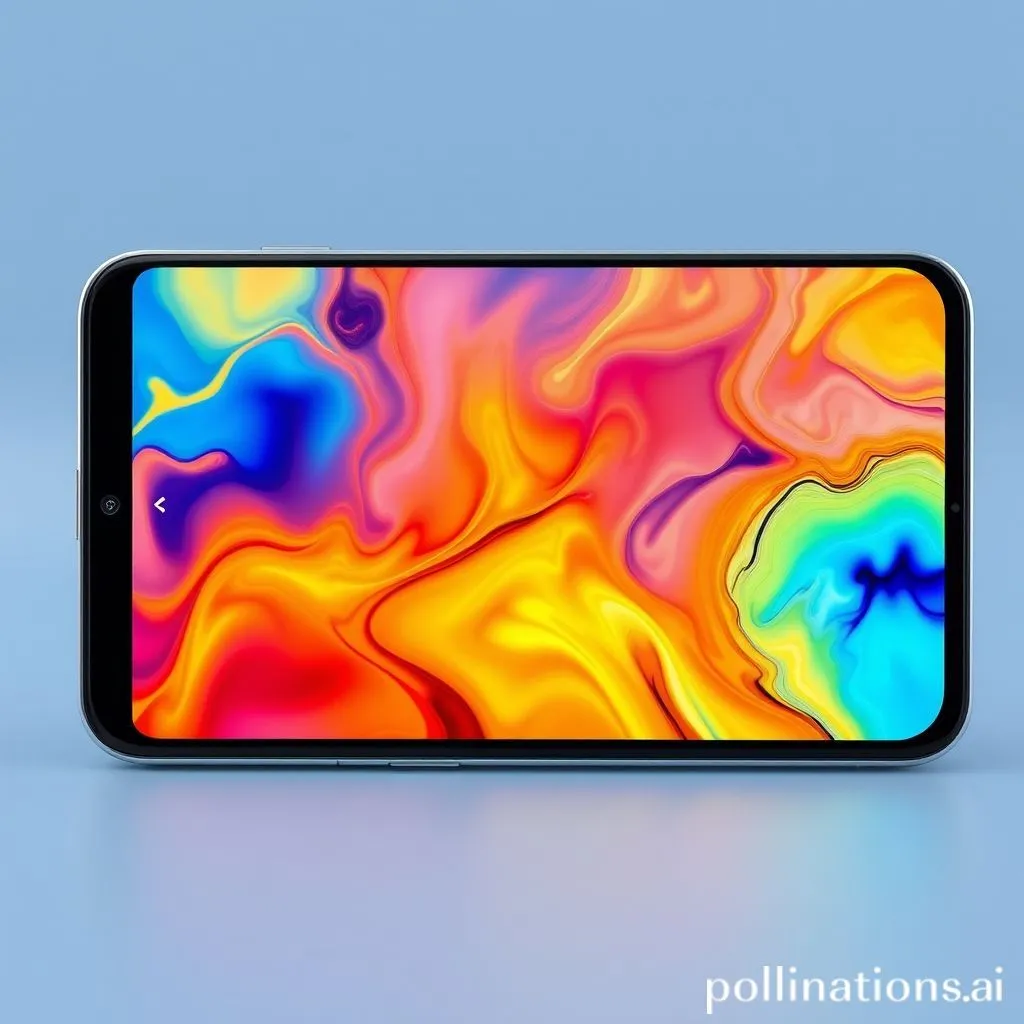
2. Processor (CPU)
- Look for modern mid-range chipsets like Qualcomm Snapdragon 6 series (e.g., 680, 695), MediaTek Dimensity 700/800 series, or Unisoc T-series (T610, T760). These offer sufficient power for social media, Browse, streaming, and casual gaming.
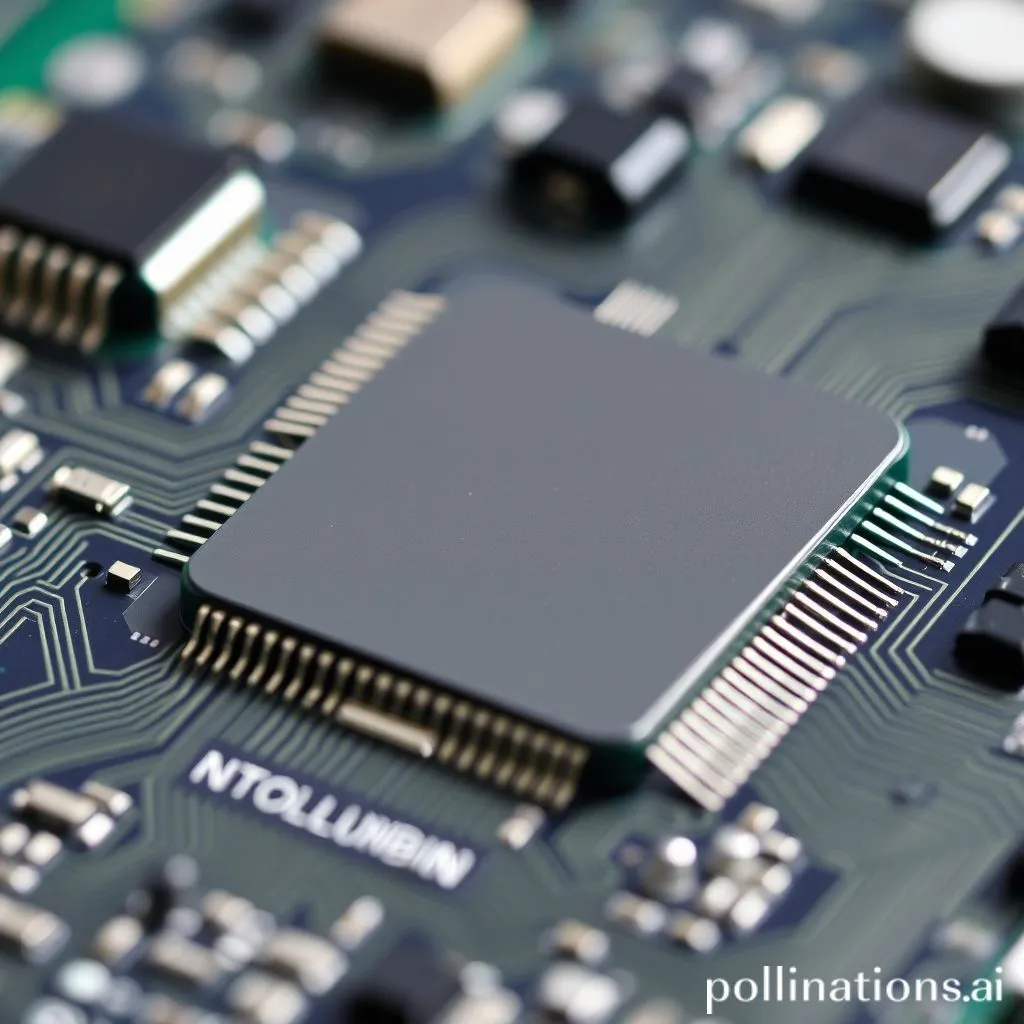
3. RAM (Random Access Memory)
- Minimum: 4GB RAM is acceptable for very basic use.
- Recommended: 6GB or 8GB RAM for smoother multitasking and app switching. More RAM significantly improves the user experience.
4. Storage (Internal & Expandable)
- Minimum: 64GB internal storage.
- Recommended: 128GB internal storage. Modern apps and photos consume a lot of space.
- Expandable Storage: Look for a microSD card slot if you need more space for photos, videos, or apps.
5. Camera (Main & Selfie)
- While budget phone cameras won’t match flagships, look for:
- Main Camera: A primary sensor of 48MP to 64MP can capture good detail in daylight. Pay more attention to sample photos and reviews than just megapixels.
- Features: Look for modes like Night Mode, Portrait Mode (often software-based), and basic wide-angle lenses.
- Selfie Camera: 8MP to 16MP is usually sufficient for video calls and social media.
6. Battery Life & Charging Speed
- Battery Size: Aim for at least 4000 mAh to 5000 mAh battery for all-day usage.
- Charging Speed: Look for support for at least 15W to 25W fast charging for quicker top-ups.
- USB-C Port: Standard for modern phones.
7. Software & Updates
- Choose phones that run a relatively clean version of Android.
- Check the manufacturer’s commitment to software updates (Android version updates and security patches).
Our Top Picks: Best Budget Smartphones Under $300 (2025)
Here are our top recommendations for affordable smartphones that offer excellent value, reliable performance, and good features for under $300 in 2025:
1. Samsung Galaxy A15 5G (Best All-Round Value & Features)
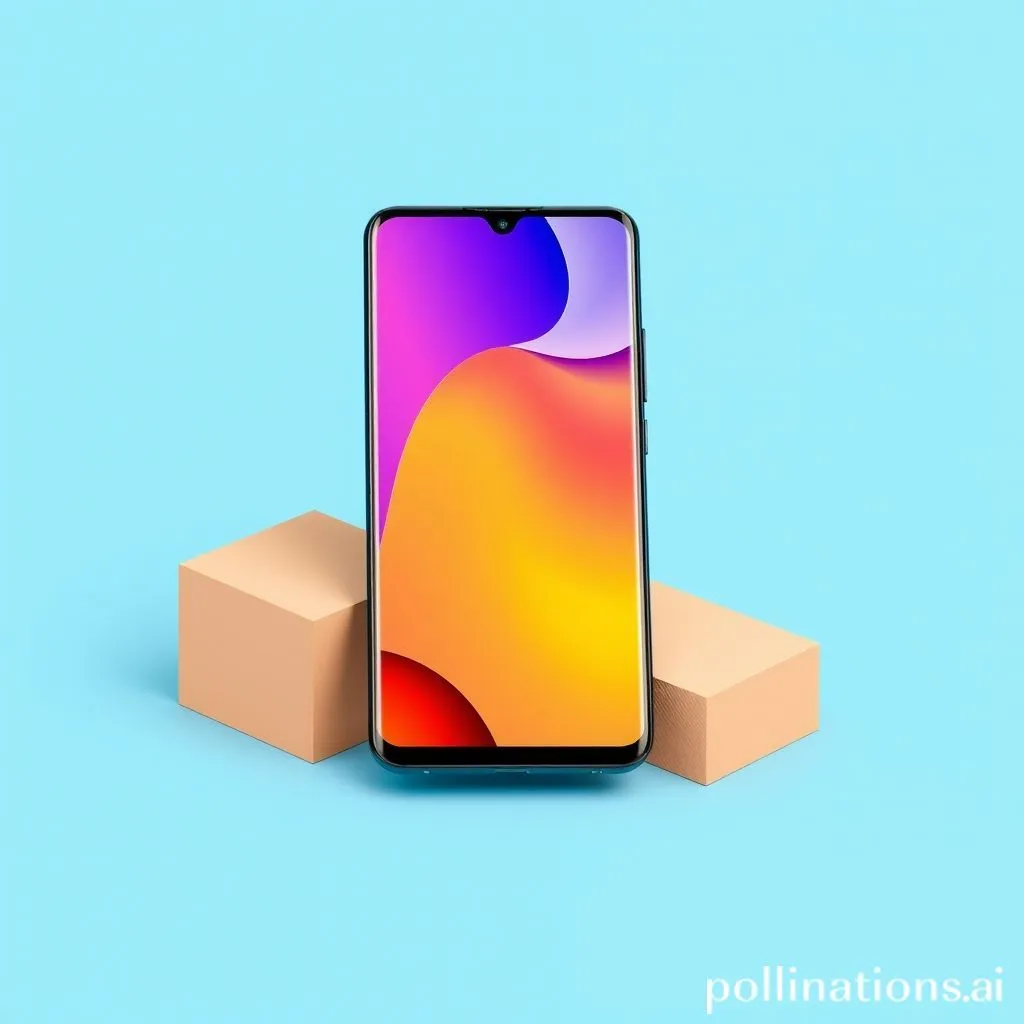
The Samsung Galaxy A15 5G is an excellent all-rounder that consistently offers great value under $300. It features a vibrant 6.5-inch Super AMOLED 90Hz display, a capable MediaTek Dimensity 6100+ processor, and a solid 50MP main camera. With its impressive 5000 mAh battery, Samsung’s commitment to software updates, and sleek design, it’s a top pick for general users seeking reliability and features.
- Pros: Super AMOLED 90Hz display, great battery life, reliable performance, decent camera, long software support from Samsung.
- Cons: Plastic build, charger often sold separately.
2. Motorola Moto G Power 5G (2024) (Best for Battery Life & Clean Android)
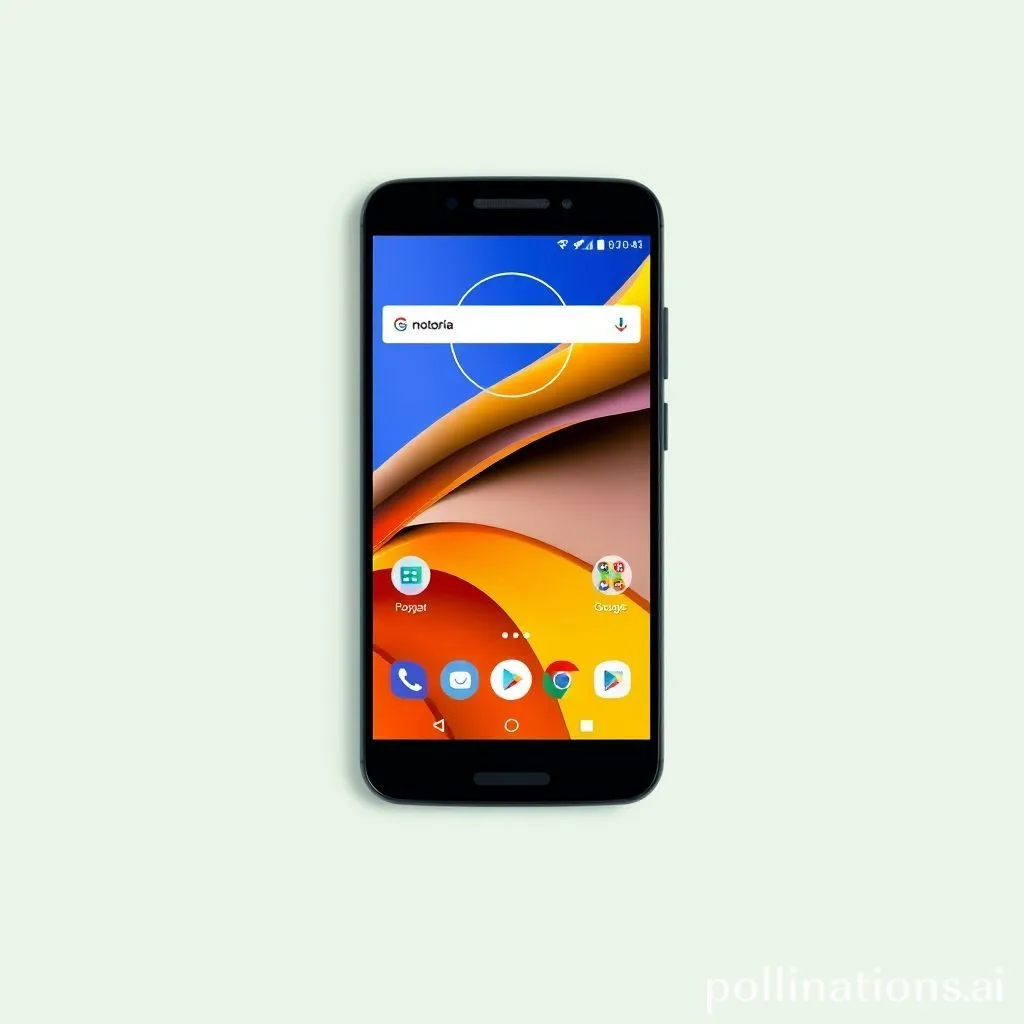
The Motorola Moto G Power 5G (2024) continues Motorola’s tradition of delivering excellent battery life and a near-stock Android experience. It typically boasts a massive 5000 mAh battery, a smooth 120Hz display, and a capable MediaTek Dimensity processor. Its decent cameras and clean software make it a reliable performer for all-day usage and casual gaming, often found well under $300.
- Pros: Exceptional battery life, 120Hz smooth display, clean Android experience, good performance, generally affordable.
- Cons: Camera performance is average, slower software updates than Samsung/Pixel.
3. Xiaomi Redmi Note 13 (Impressive Specs for the Price)

Xiaomi’s Redmi Note 13 series consistently delivers impressive specifications for its price point. You can often find variants with a vibrant AMOLED 120Hz display, a powerful Snapdragon or Dimensity mid-range processor, and a 108MP or 50MP main camera. They also offer fast charging and good battery life. While MIUI (Xiaomi’s Android skin) might have more bloatware, the raw specs offer incredible value.
- Pros: High-refresh-rate AMOLED display, powerful performance for the price, fast charging, good camera.
- Cons: MIUI can have bloatware, software update commitment varies by region.
4. Google Pixel 6a (Best Camera & Software Experience – Refurbished/Sale)
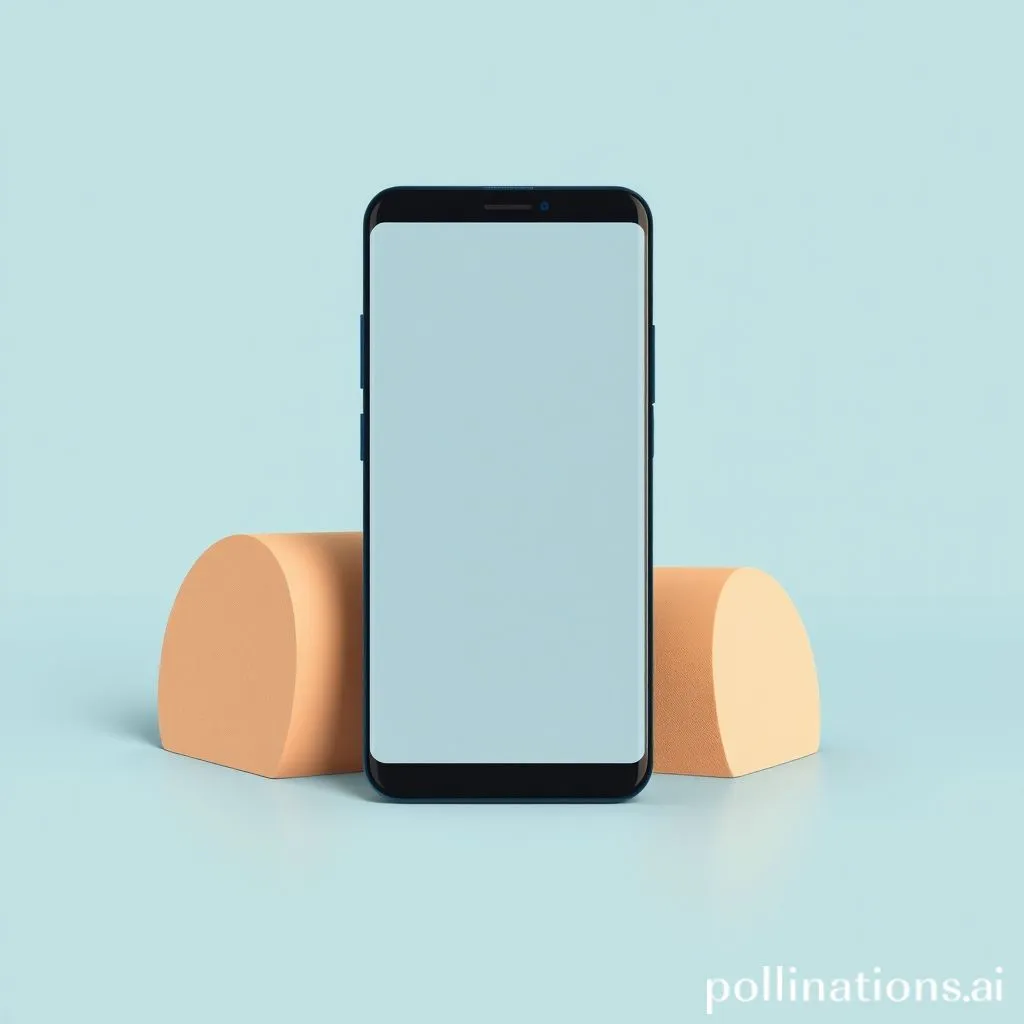
While originally priced higher, the Google Pixel 6a frequently drops below $300 (especially refurbished or on deep sale), making it an incredible value for its camera and software. Powered by Google’s Tensor chip, it offers a flagship-level camera experience with Google’s renowned computational photography. It has a clean Android interface with guaranteed long-term updates.
- Pros: Best-in-class camera for the price, pure Android experience, long software updates, compact size.
- Cons: Older model (relative to 2025), 60Hz display only, battery life is decent but not exceptional.
How We Selected These Budget Smartphones
Our selection process for the best budget smartphones under $300 focused on identifying devices that offer a strong balance of performance (smooth daily use), display quality (1080p+ and ideally 90Hz+), battery life (all-day usage), and camera capabilities (good photos in daylight). We prioritized phones with reliable software experiences and decent update commitments. Value for money, brand reputation, and user reviews were critical in making our top picks.
Tips for Optimizing Your Budget Smartphone
Even a great budget smartphone can benefit from these tips:
- Keep Software Updated: Regularly update your Android version and security patches for performance and security.
- Manage Background Apps: Close apps running in the background that you’re not actively using to free up RAM.
- Clear Cache & Data: Periodically clear cache for frequently used apps.
- Limit Widgets & Live Wallpapers: While attractive, they consume resources.
- Uninstall Unused Apps: Get rid of bloatware or apps you don’t use.
- Optimize Storage: Don’t let your storage fill up completely. Use cloud storage for photos/videos.
- Use a Good Charger: Invest in a fast-charging wall adapter that matches your phone’s capabilities.
Conclusion
In 2025, the budget smartphone market is more competitive and value-packed than ever, proving that you don’t need to empty your wallet for a capable and enjoyable device. The Samsung Galaxy A15 5G, Motorola Moto G Power 5G (2024), Xiaomi Redmi Note 13, and the occasional Google Pixel 6a sale offer incredible performance, good cameras, and long battery life for under $300.
By prioritizing a balanced set of features – from display and processor to RAM and battery – you can confidently choose a budget smartphone that perfectly suits your daily needs. Get ready to enjoy a responsive and feature-rich mobile experience without compromise! What’s the one feature you can’t live without in a budget phone? Share your thoughts in the comments below!
